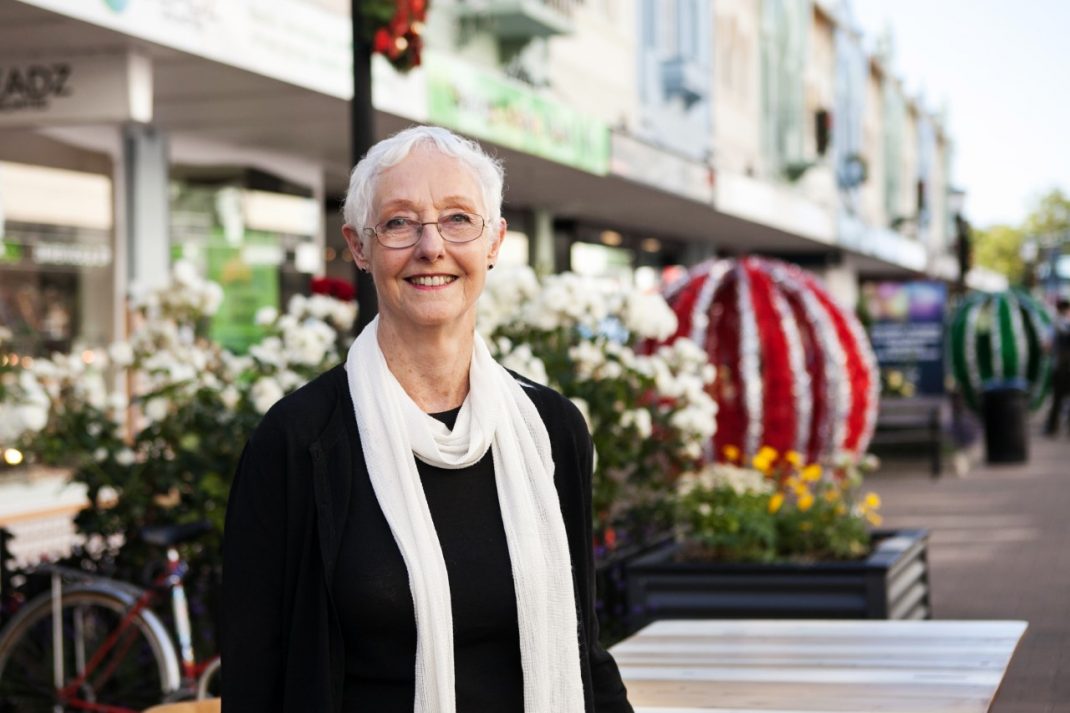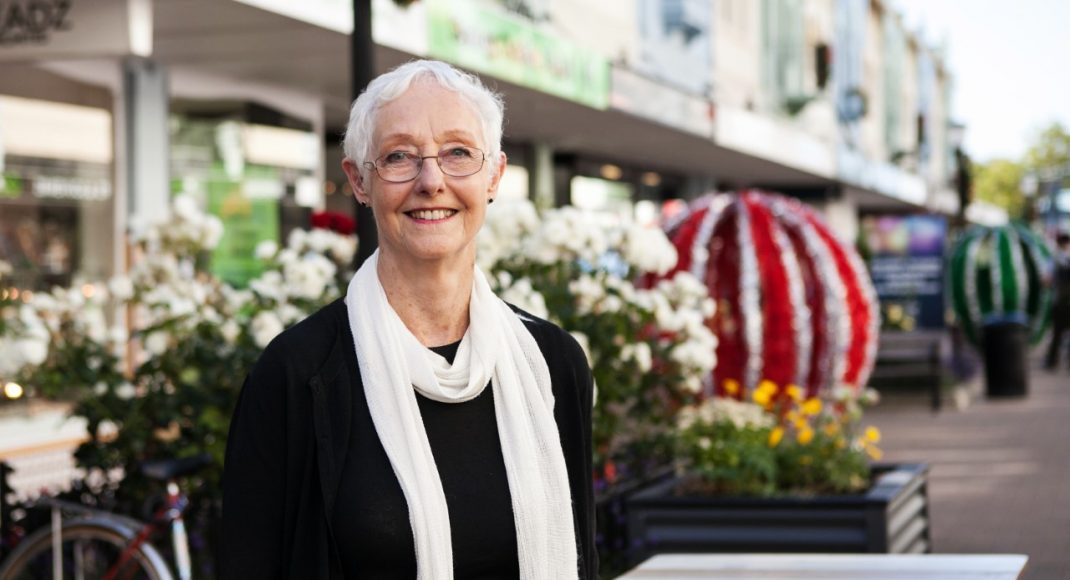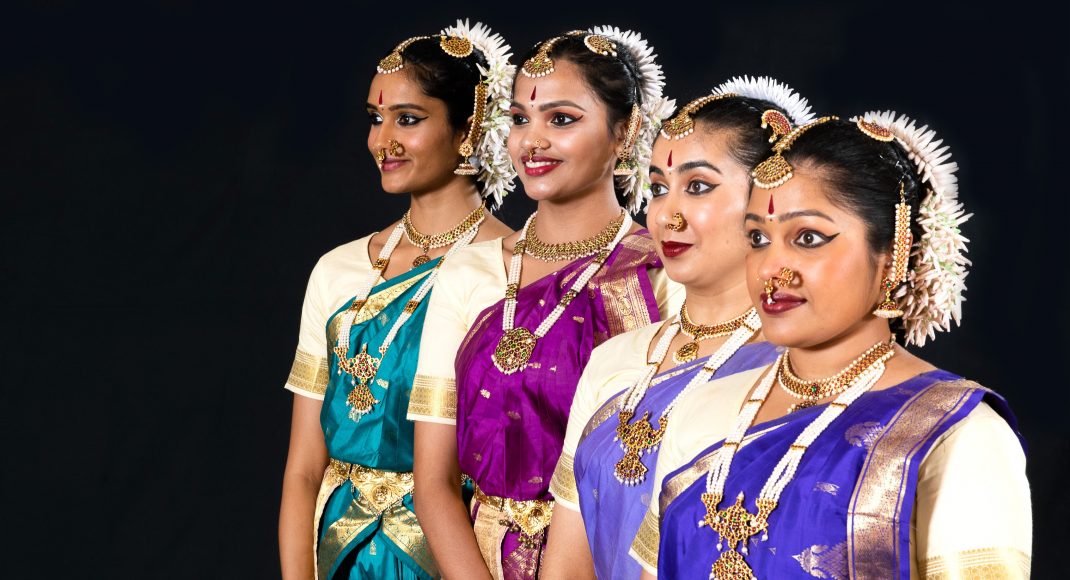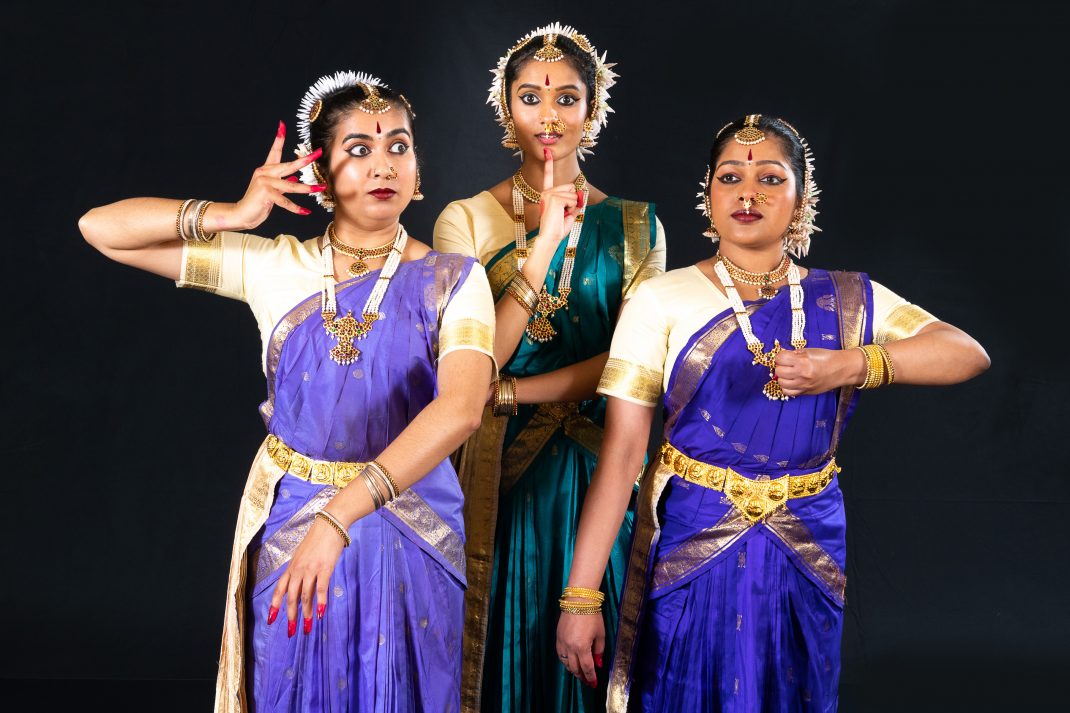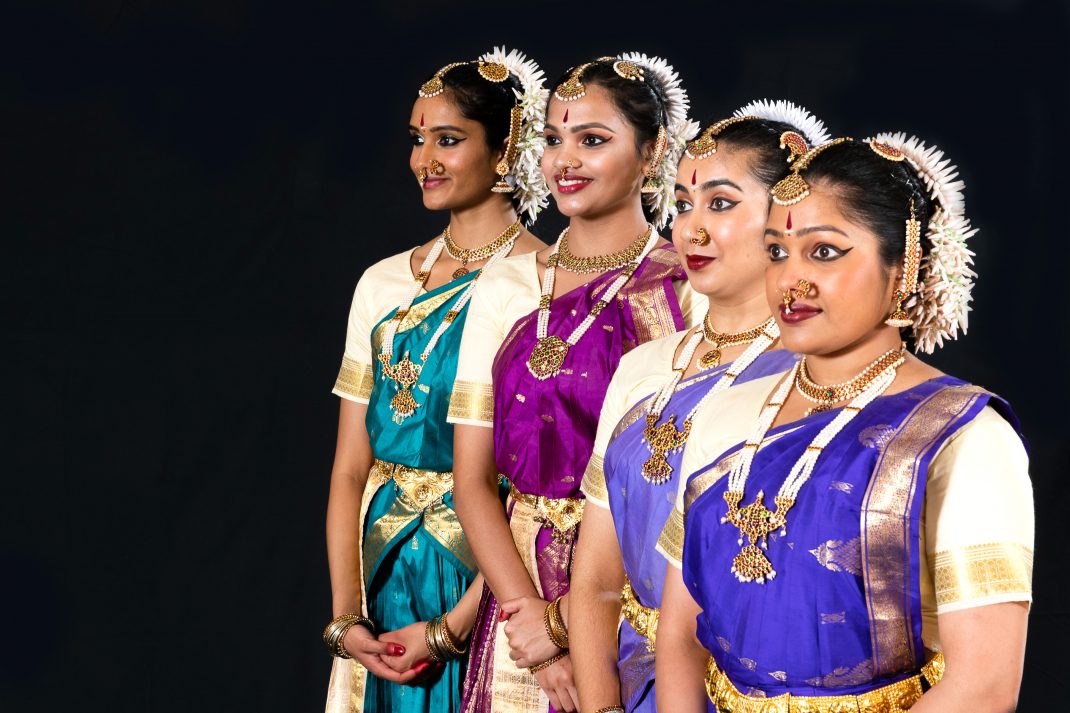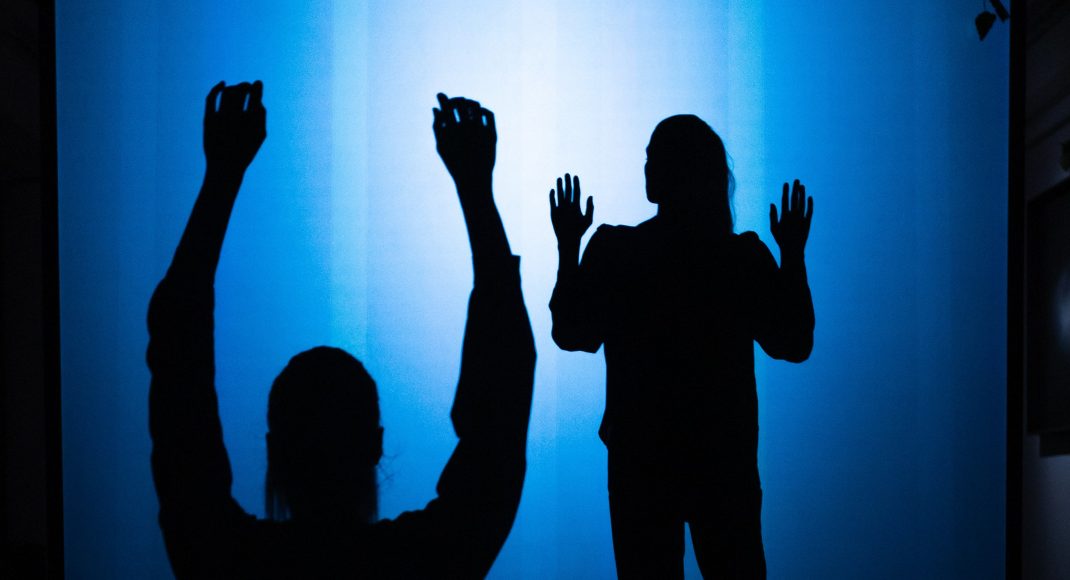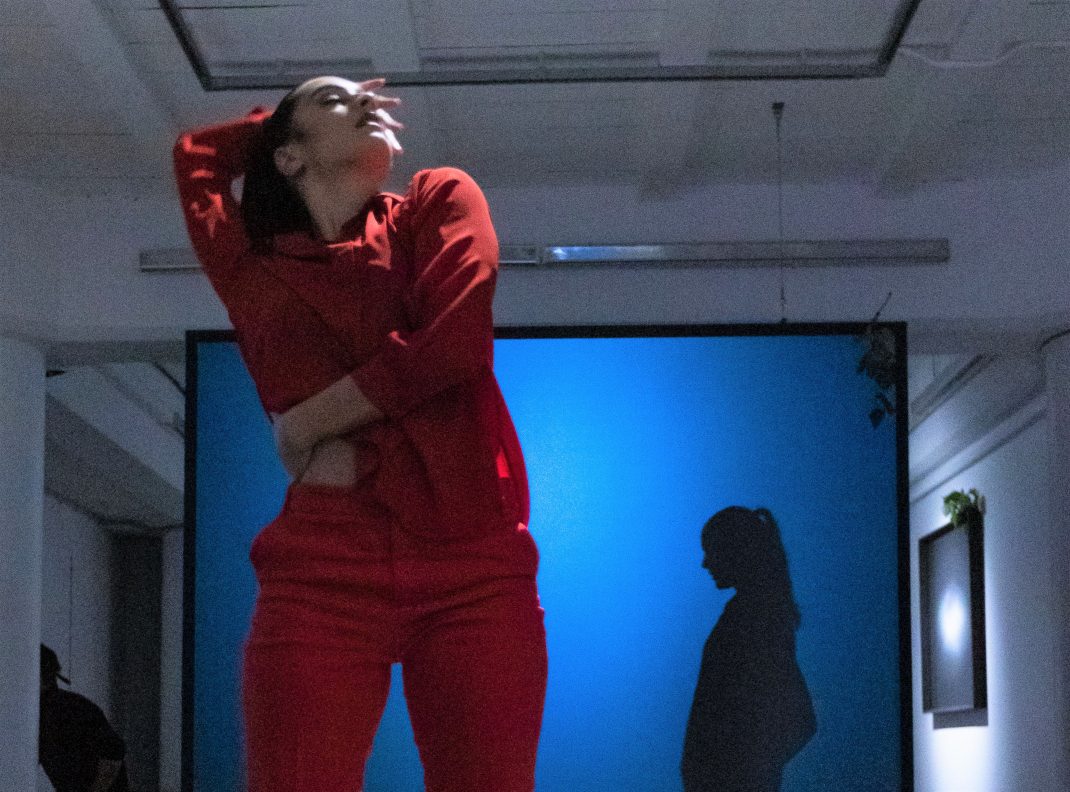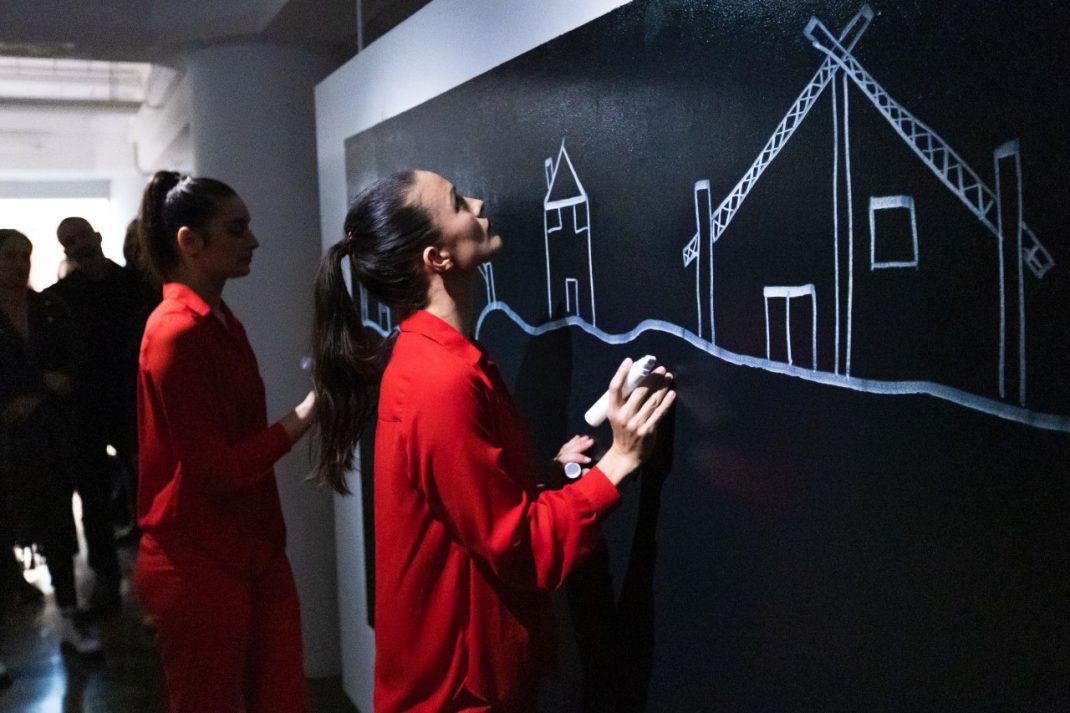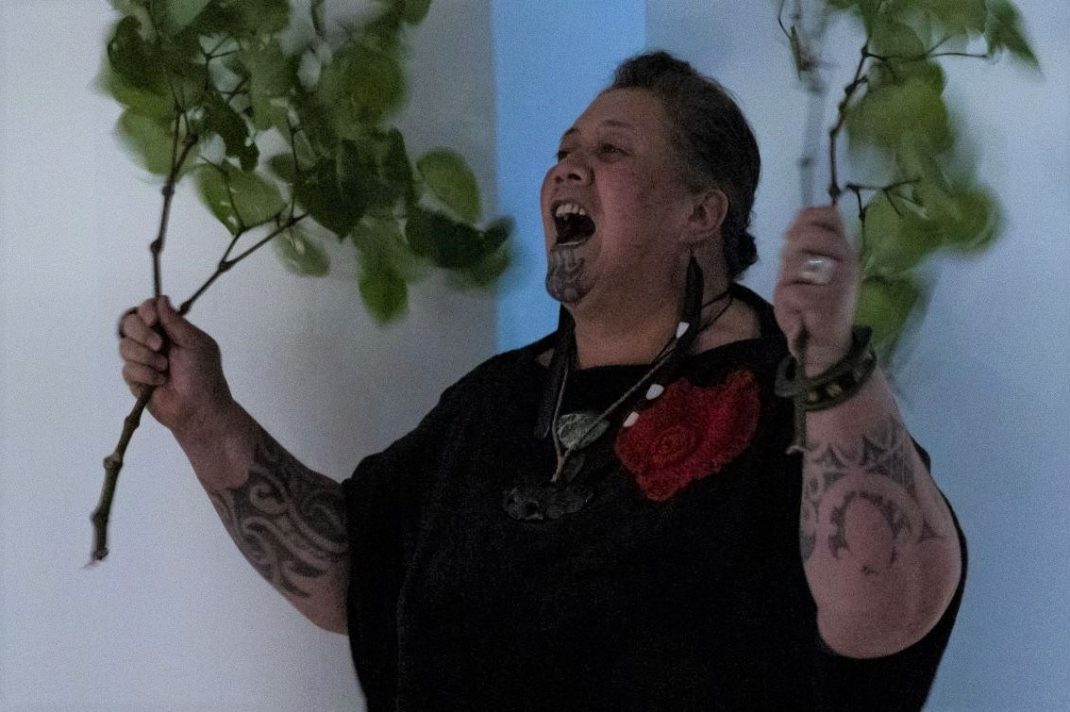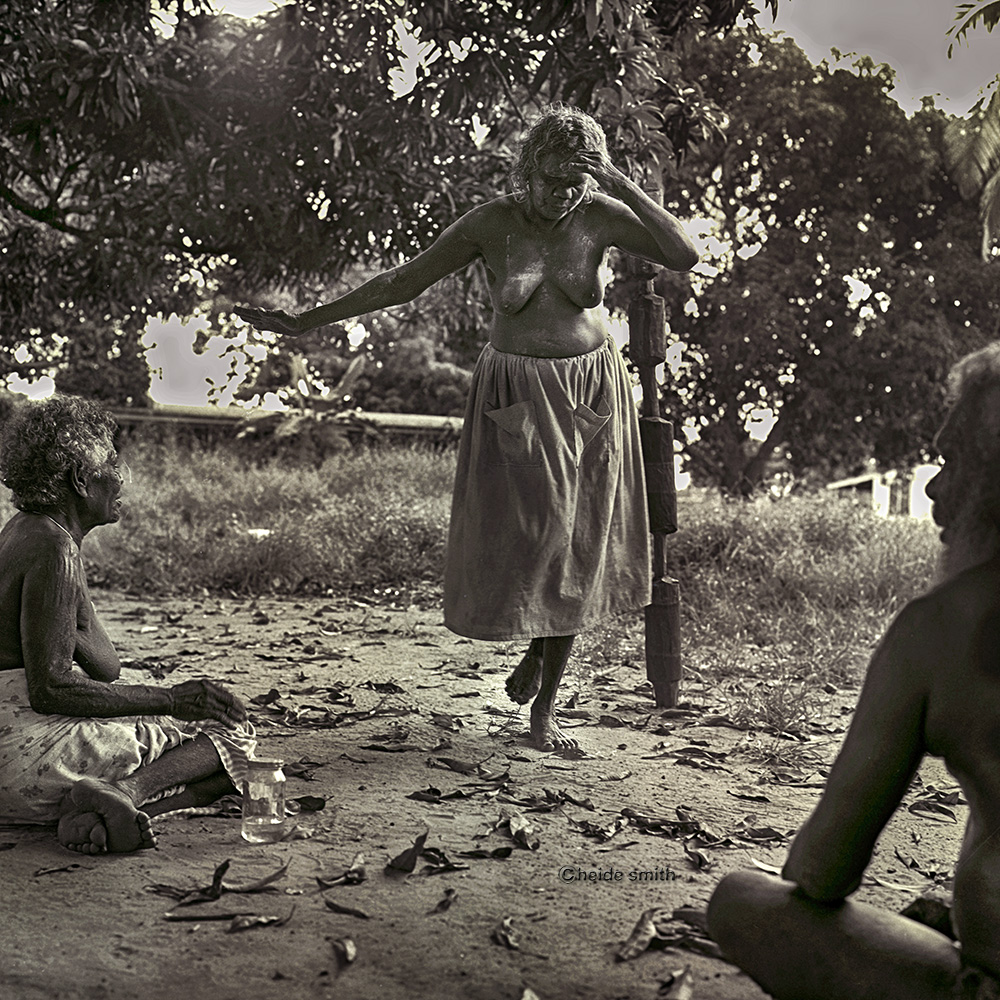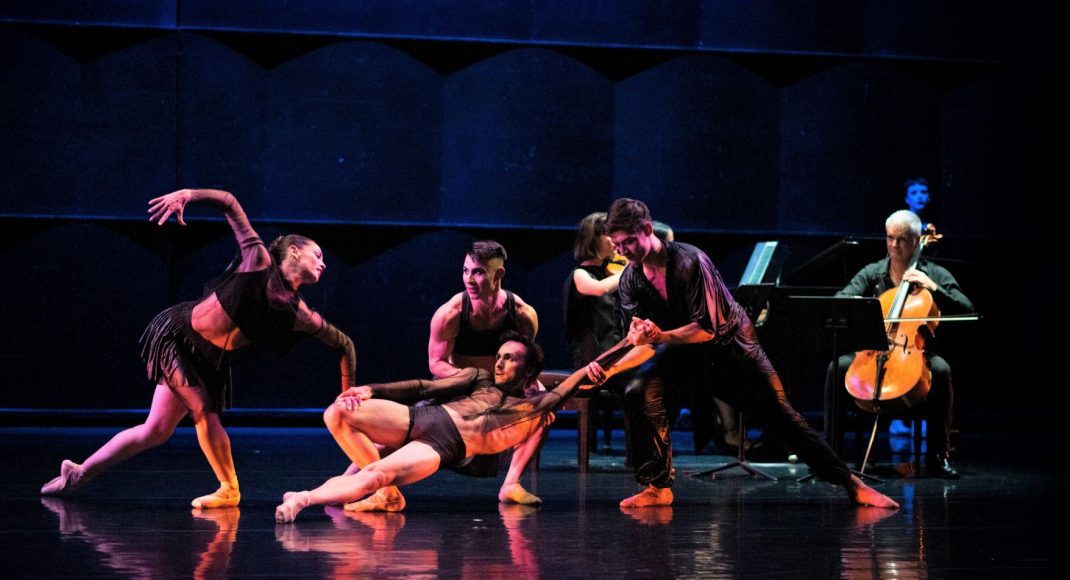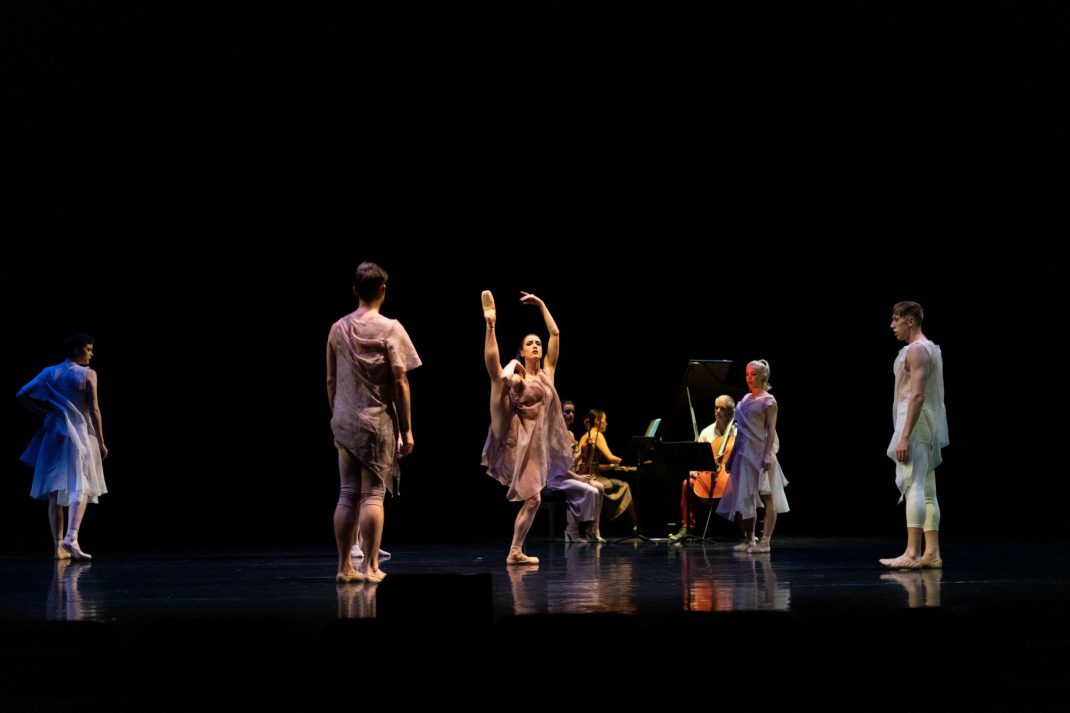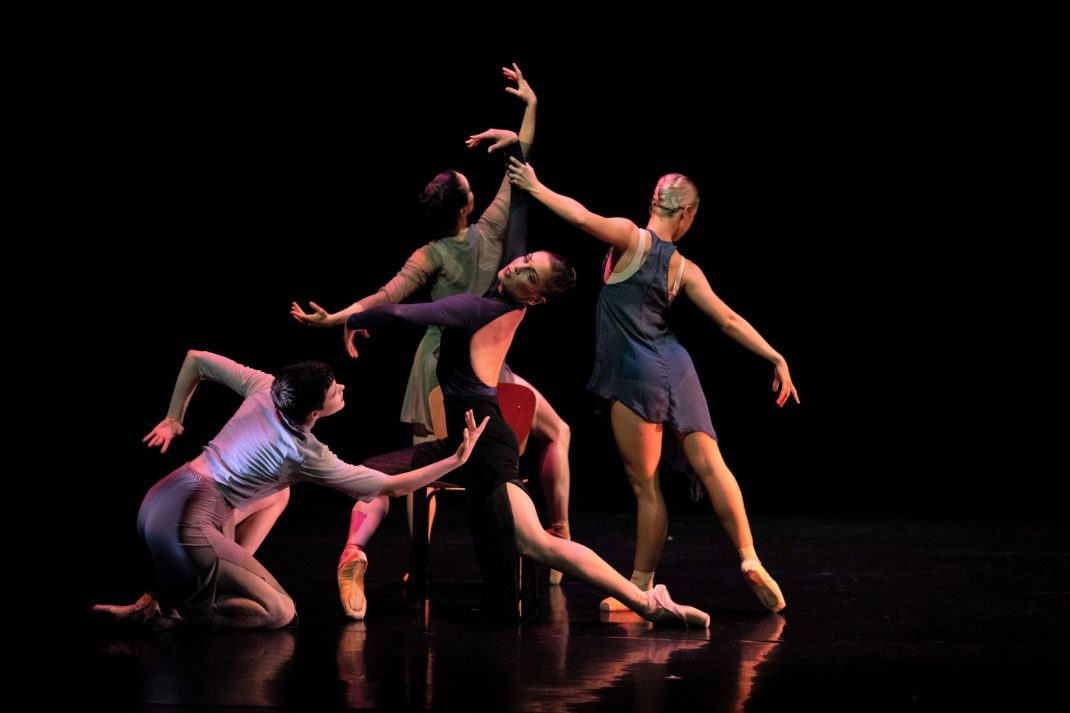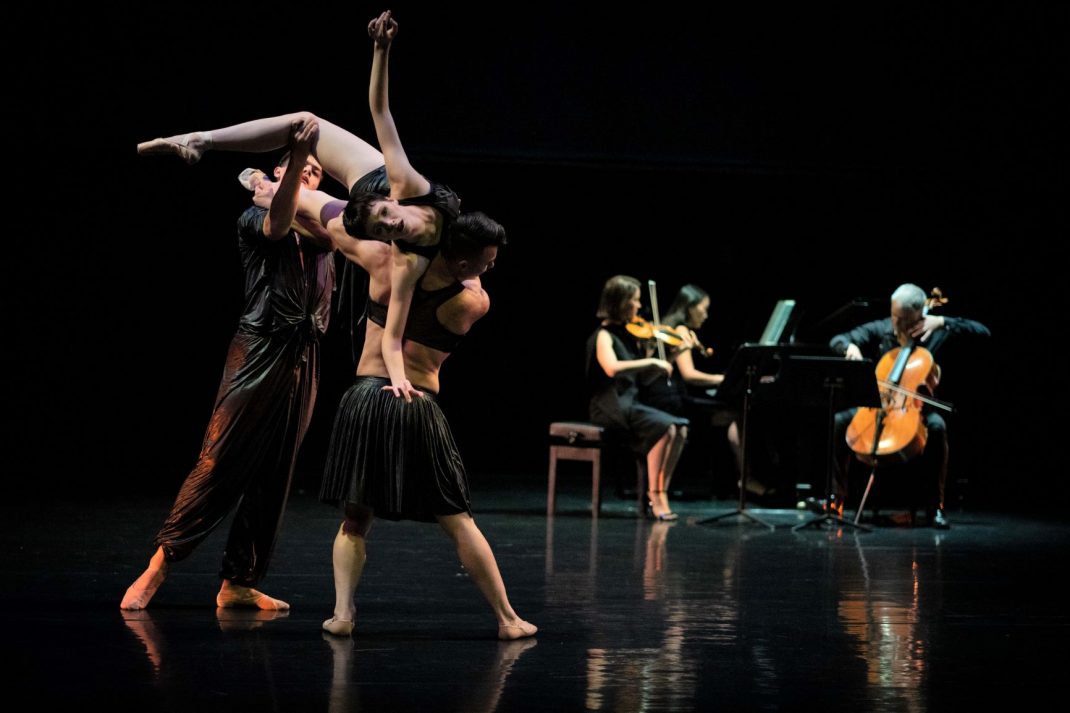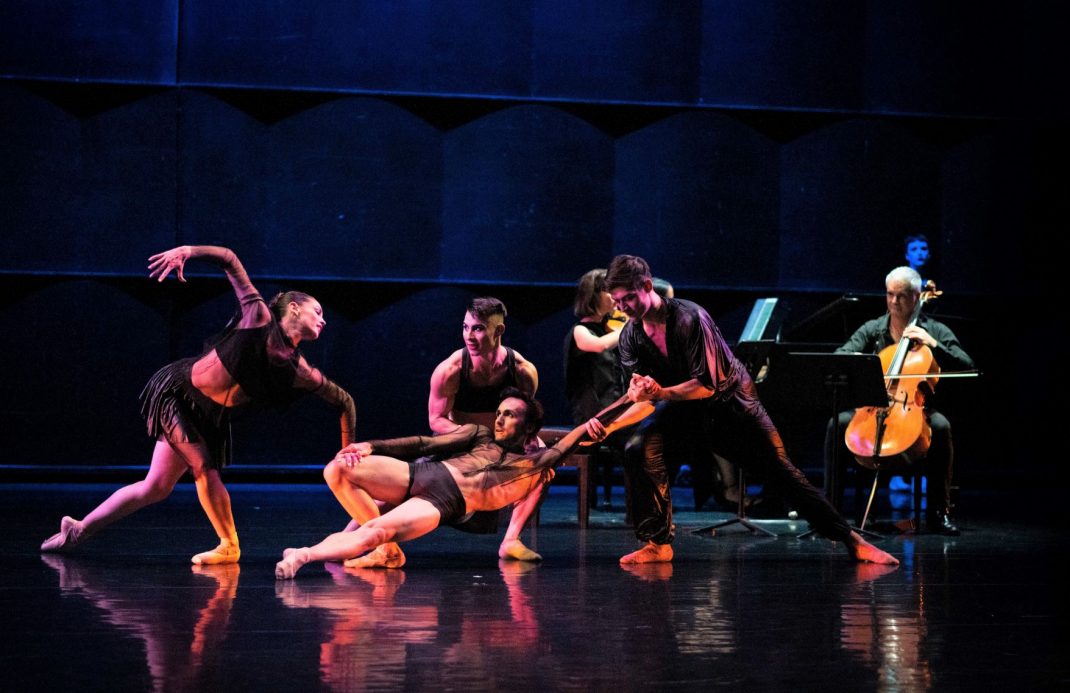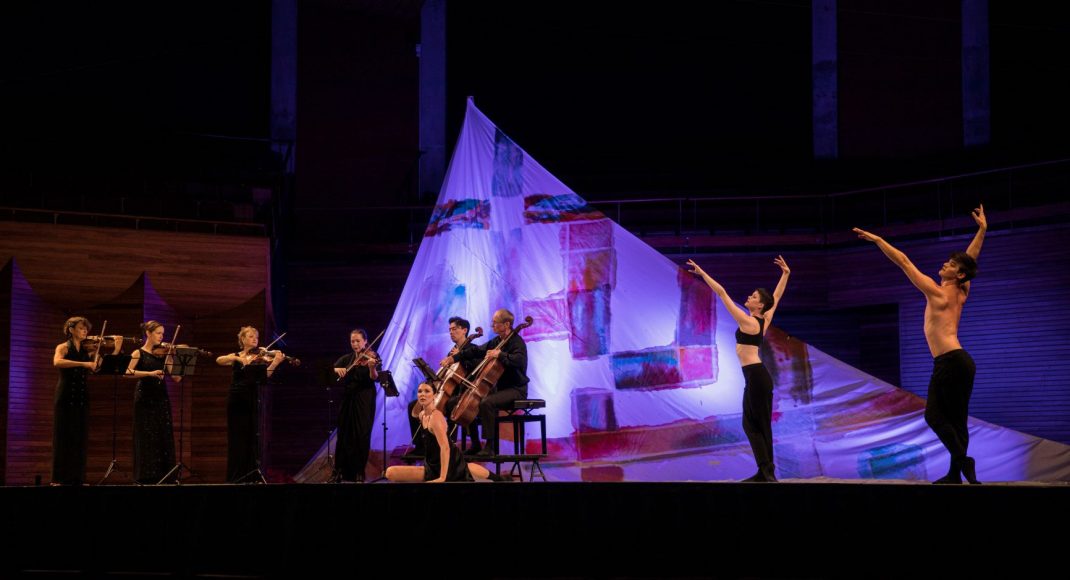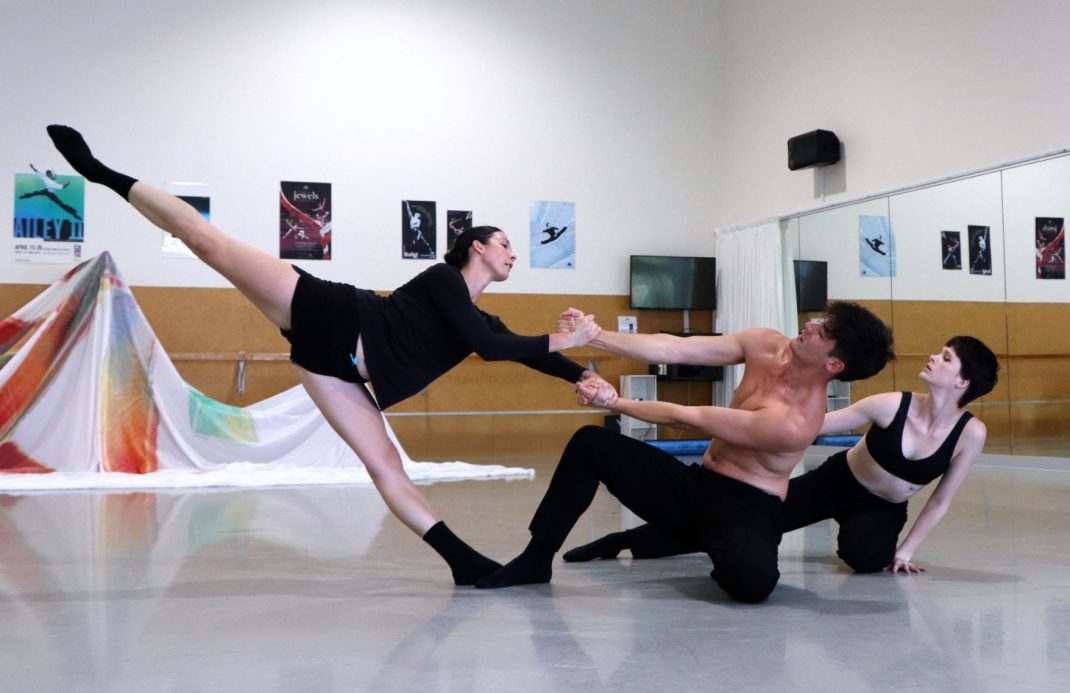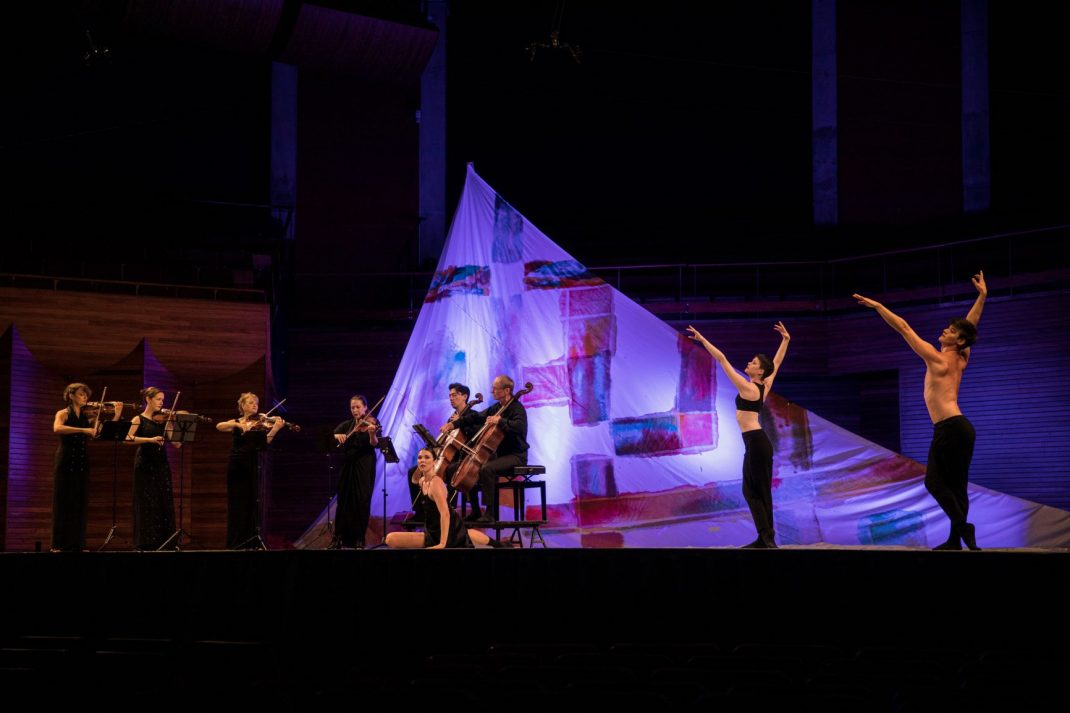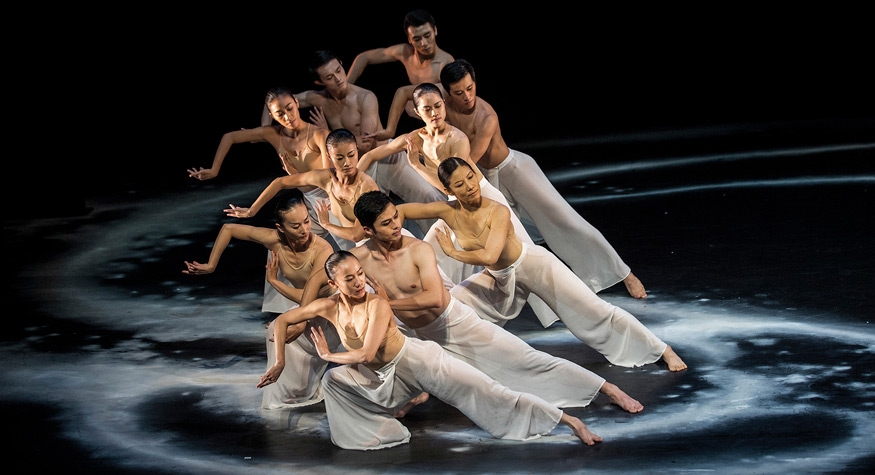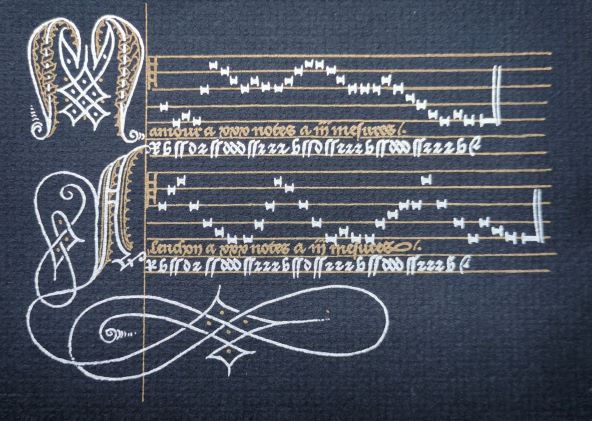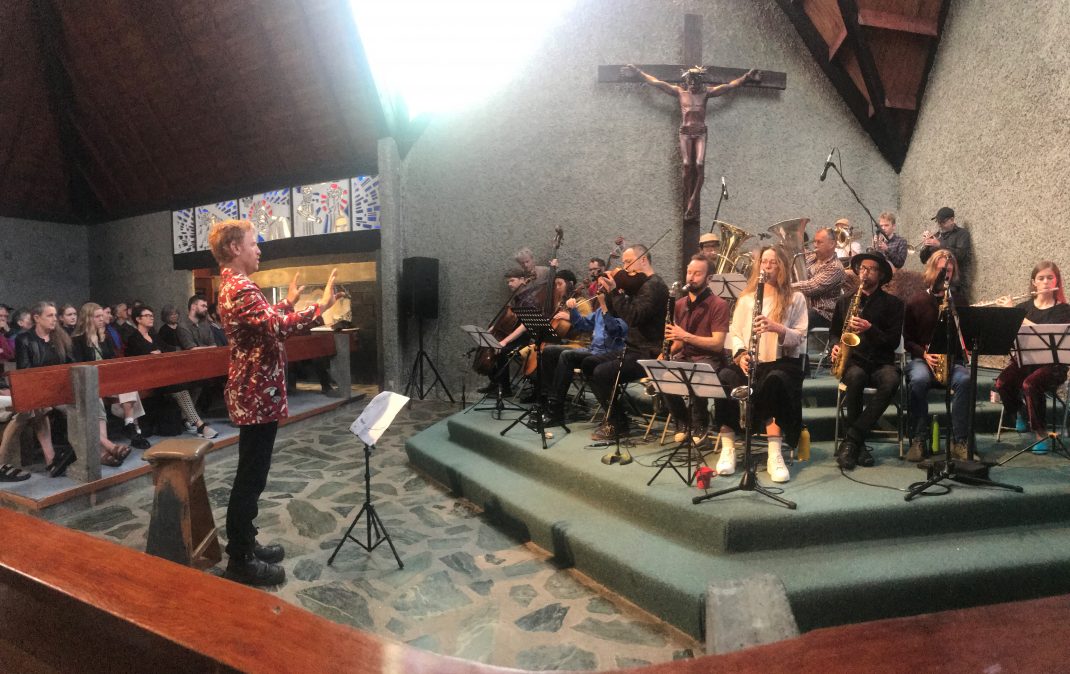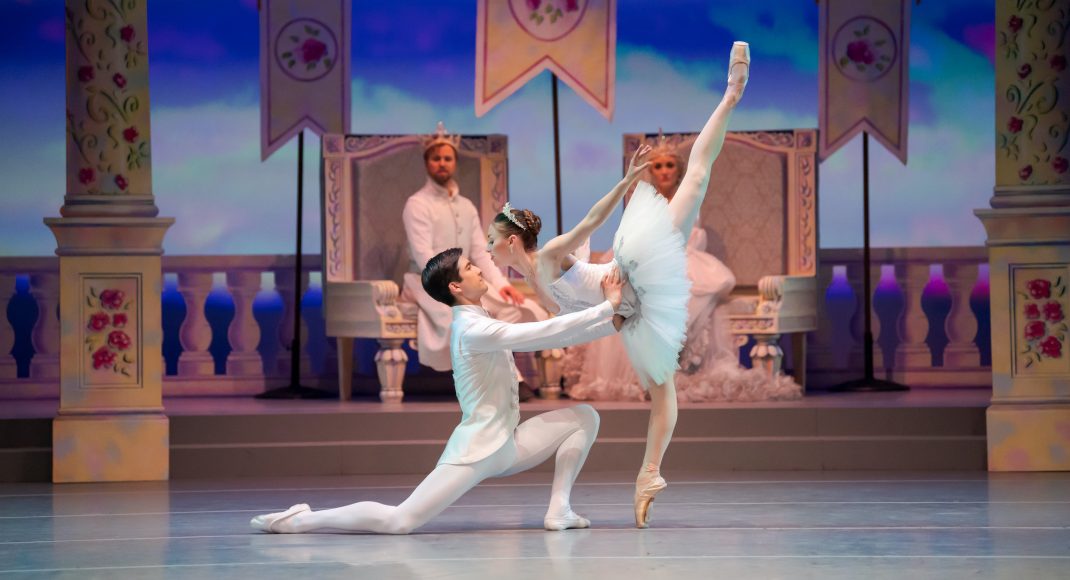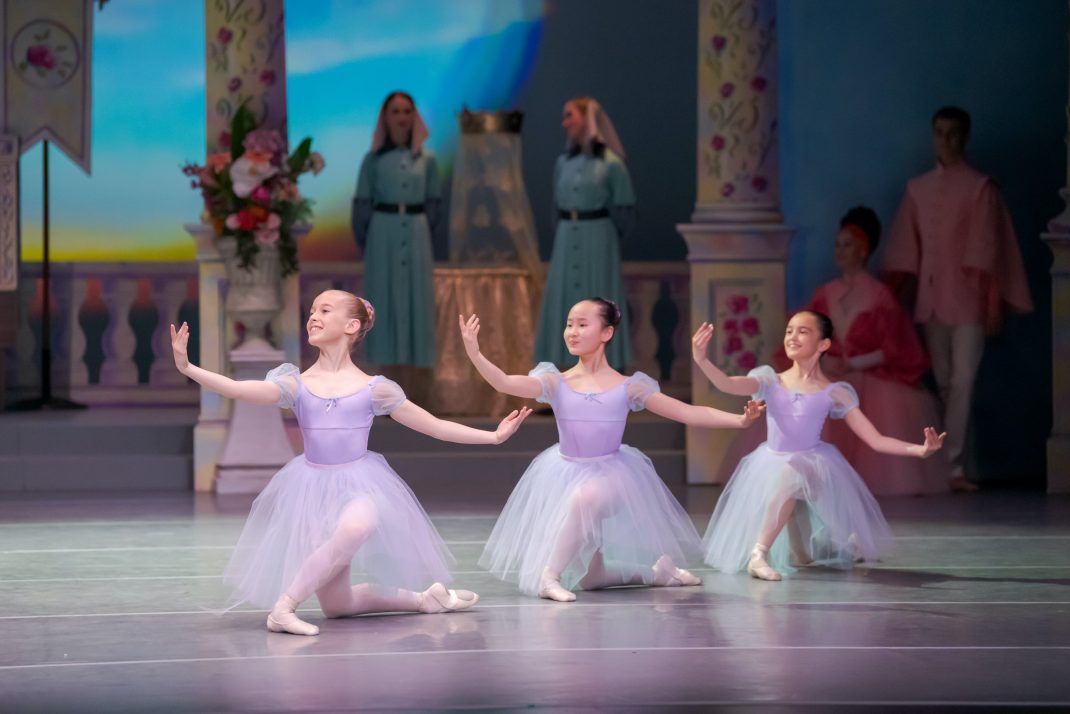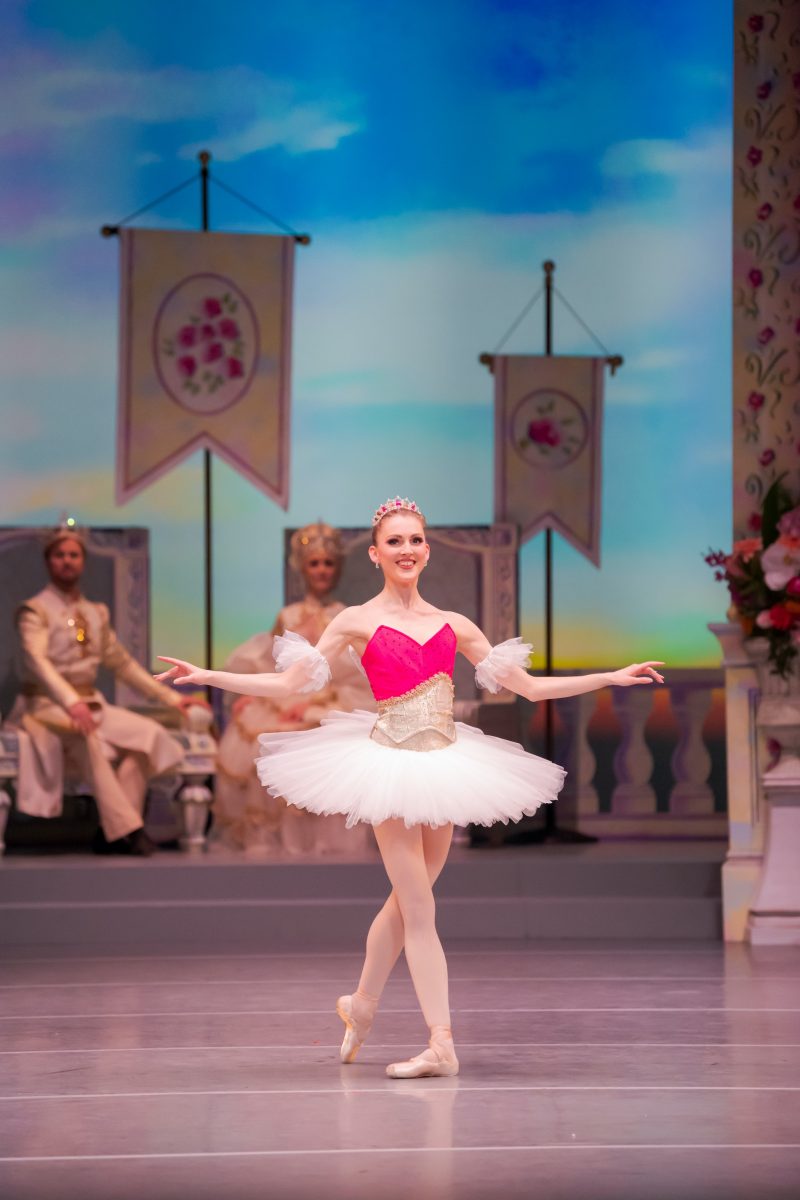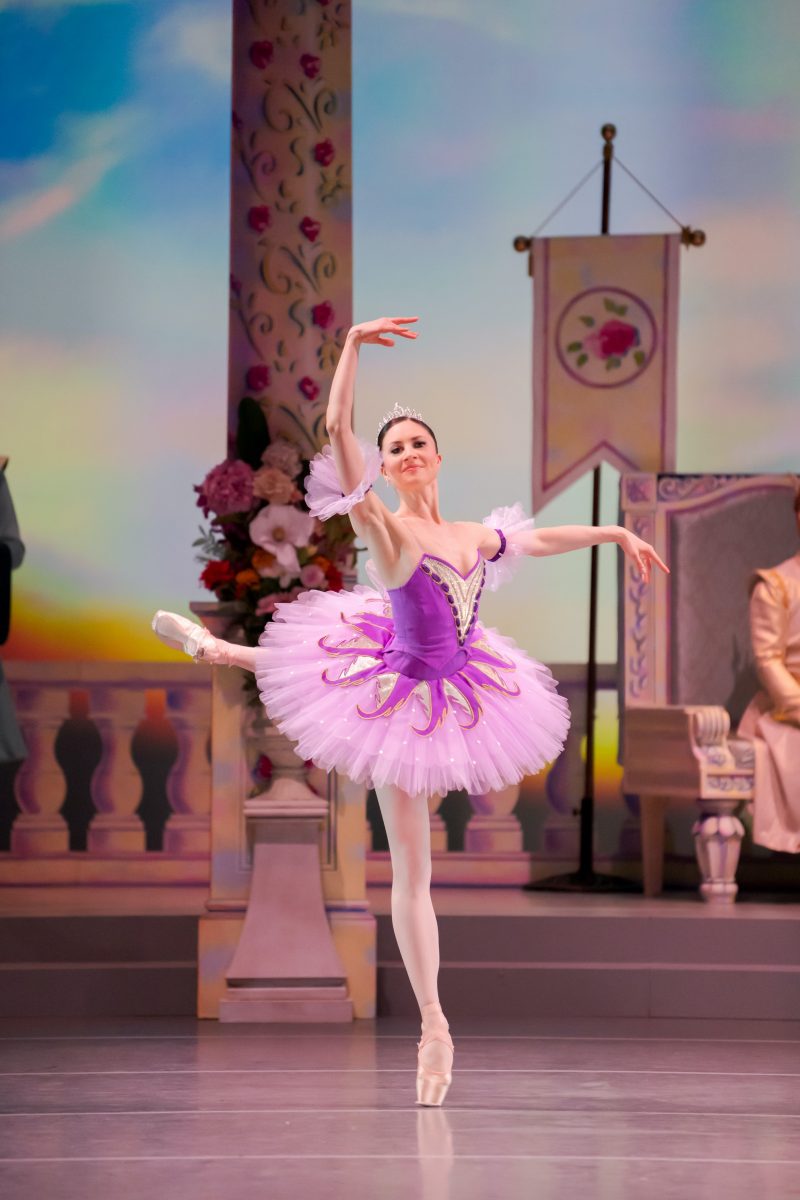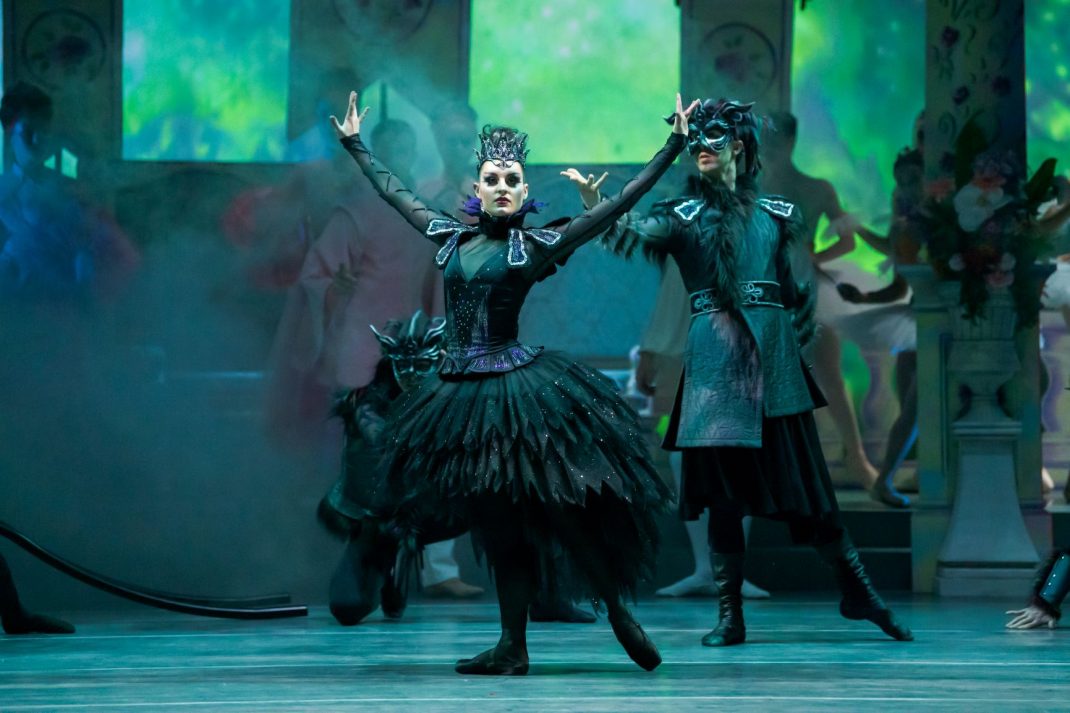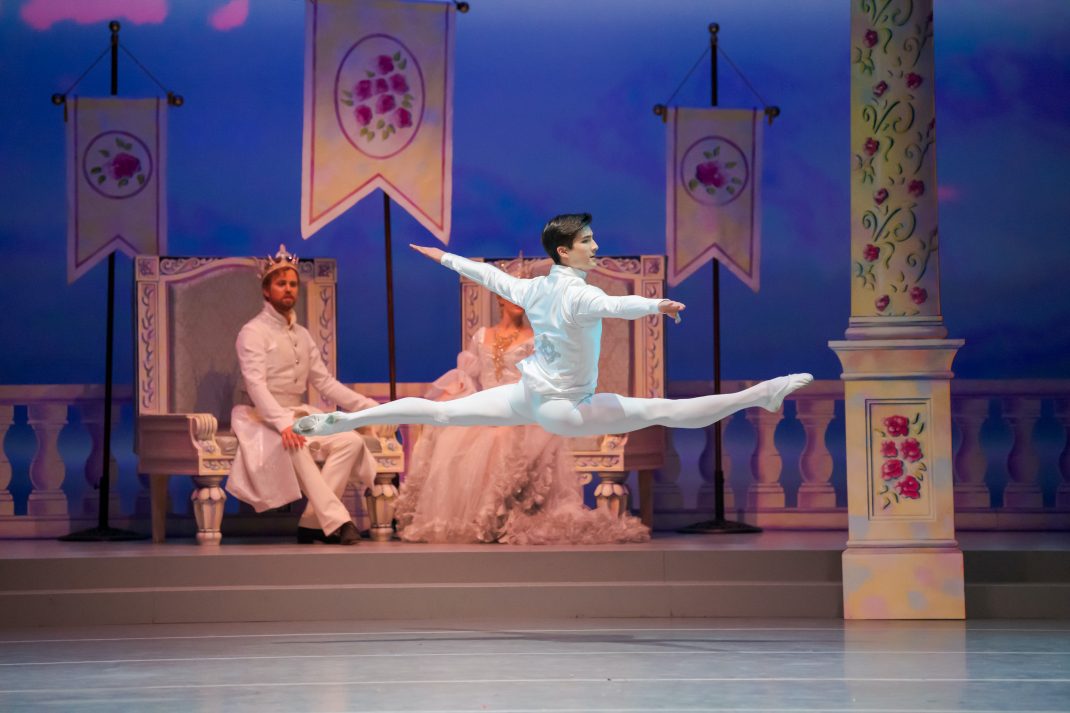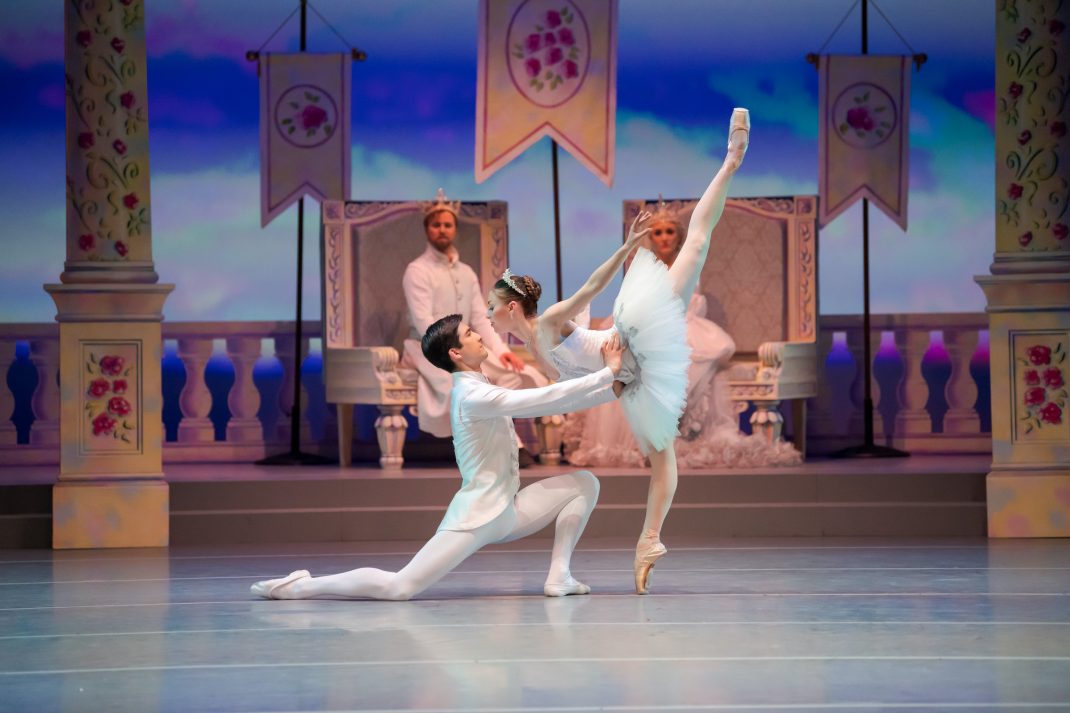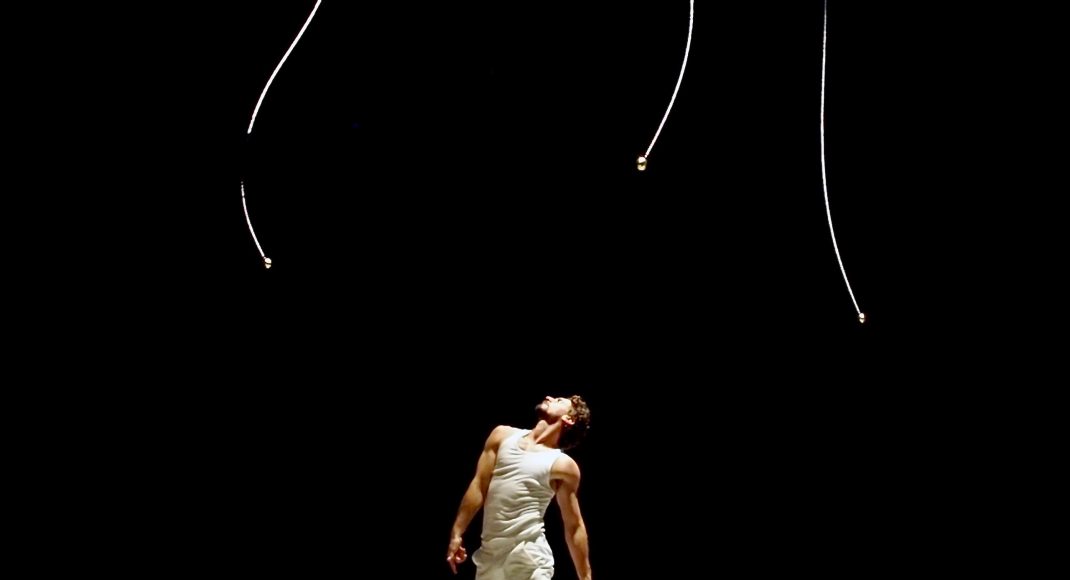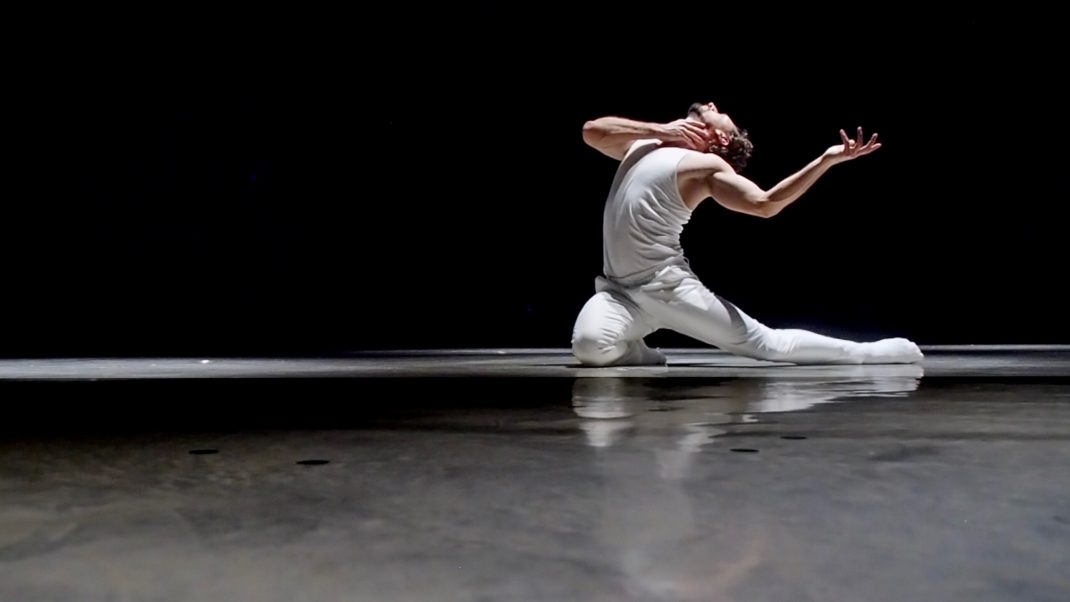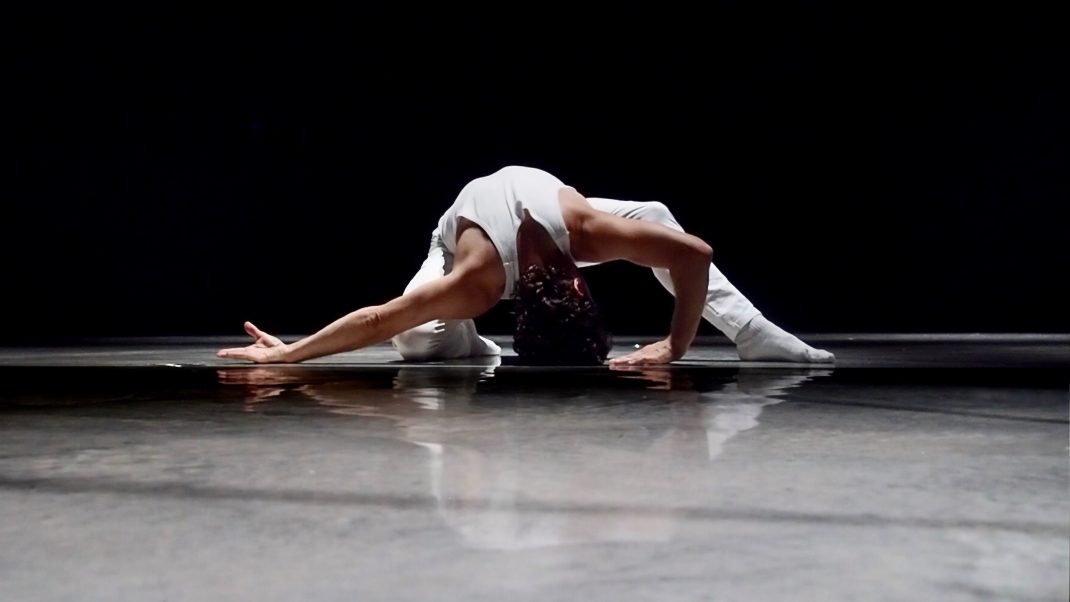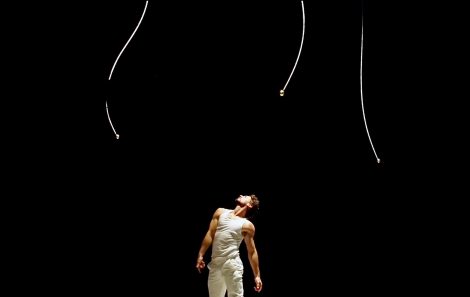By Jennifer Shennan
Anne Rowse is a well-known and much-loved figure in the New Zealand dance scene. Her 90th birthday was recently celebrated in style at several events in her home town of Wellington, and at a family gathering at Queenstown in the following days. London called in long-distance, as did many colleagues and former students from a global spread of cities.
Anne had early ballet training in New Zealand, continued that in London, then had a performance career with Festival Ballet between 1952 and 1960, when she danced alongside fellow New Zealander Russell Kerr. She retired from performing and returned home with husband Ken Sudell to start a family. After some years she commenced teaching and in 1979 was appointed Director of the National School of Ballet, in 1982 re-named New Zealand School of Dance to mark the introduction of contemporary dance as well as teacher-training courses.
Everyone invited to the birthday events accepted, since ‘Joyous occasions are few. We will celebrate’ (that’s a quote from composer, the late Douglas Lilburn). Perhaps they were also hoping that Anne’s renowned optimism, elegance and positivity would prove infectious, and that they might catch some of whatever she’s got.
Anne recently performed the central role in Doris Humphrey’s movingly beautiful Air for the G-String, something she has done maybe a dozen times over the years, her serenity and presence more poignant on every occasion. (Air, along with a dozen other Humphrey and Limon repertoire, was first staged by Louis Solino when he was on the faculty at New Zealand School of Dance. Anne rates it as a major coup to have appointed Solino to the staff since none of those fine classic choreographies would otherwise ever have been seen here). A number of other highly successful initiatives date back to her time at the School. It is heartening to learn that Anne is mid-stream writing her Memoirs so there will be a record of important dimensions in New Zealand dance.
Early in the week an open class of Renaissance and Baroque dance included Anne dancing a menuet-à-deux from Kellom Tomlinson’s 18th century treatise. With Robert Oliver on bass viol, and Keith McEwing as partner, she brought a striking grace to the menuet—(I here declare a very happy ‘conflict of interest’ since I set the dance). Matz Skoog (former artistic director of RNZBallet) was in the room and reference to his experience in late Baroque theatre productions at Drottningholm in Sweden gave an extra resonance to the lines and legacy we trace in ballet history—not for old time’s sake, but for future time’s sake.
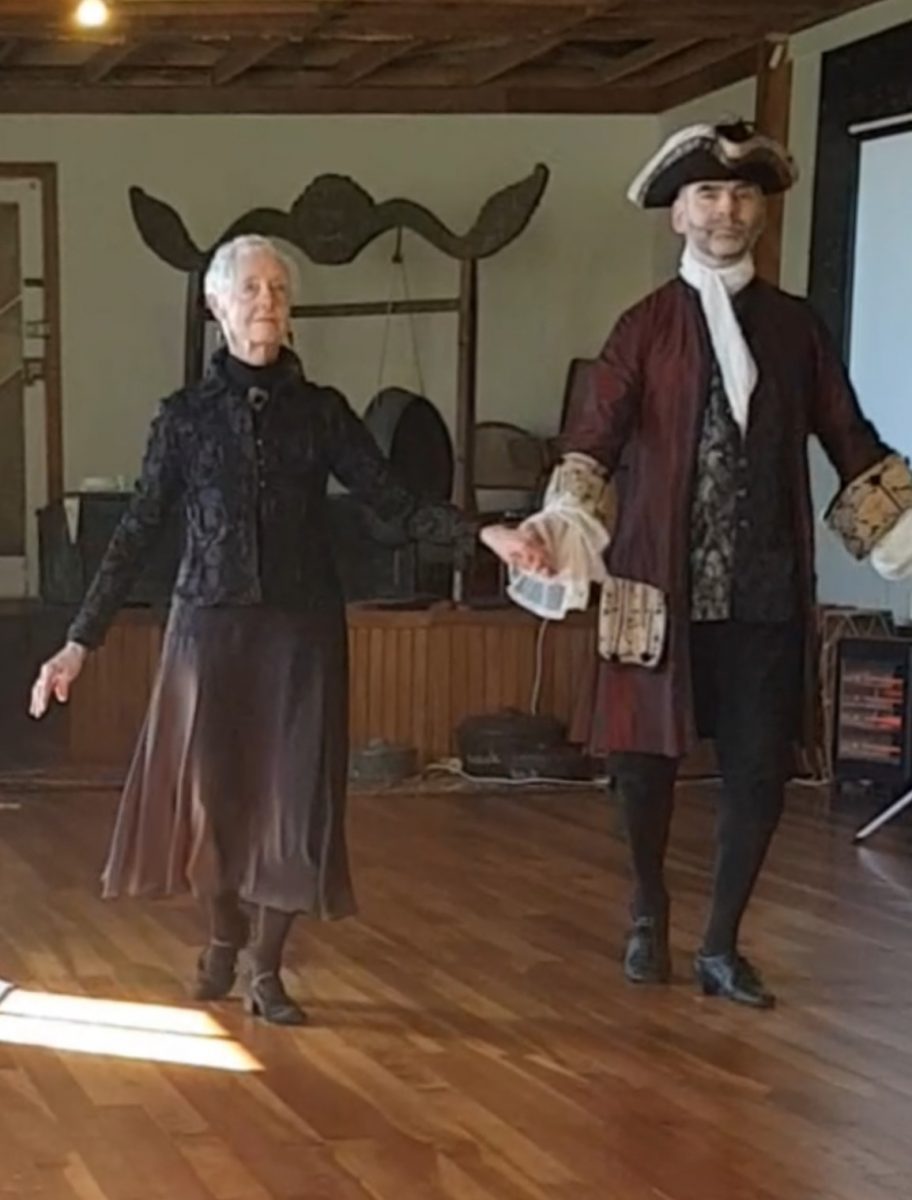
A few days later a large crowd of well-wishers attended an event at New Zealand School of Dance where director Garry Trinder and associate director Christine Gunn, together with present and past staff and students, acknowledged Anne’s contribution and celebrated her milestone. Other speakers included Liz Davey and Deirdre Tarrant, and The Royal Academy of Dance, itself celebrating 100 years of achievement, made a presentation of the President’s Award on behalf of Luke Rittner from London.
The junior scholars performed a piece set by Sue Nicholls, a contemporary work by Holly Newsome was danced by 1st year students, then the pas de deux from the second movement of Concerto by Kenneth MacMillan was given a flawless performance by Louise Camelbeke and Zachary Healy. The luminous choreography, to the Shostakovich Second Piano Concerto, beautifully played by Philip O’Malley, was a blessing without words.

The school song—E te whaea e—was given a robust rendition by all students and staff, thus ending the presentation in high spirits.
Dance … so intensely in and of the present … can equally invoke other times, places and people, their work then and now, their memories of then, and the books they write now.
Many happy returns, Anne. We celebrate 21sts, why not 91sts? See you next year.
Jennifer Shennan, 19 August 2021
Featured image: Anne Rowse, 2015. Photo: © Kerry Ferigo
